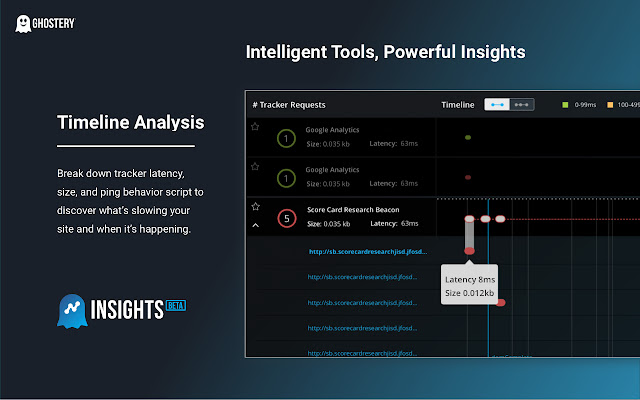
When Is the Next Trading Day? A Practical Guide for 24/7 Markets and Web3 Traders
Introduction If you鈥檝e ever paused mid-map for the markets to open or close, you know timing isn鈥檛 just a nicety鈥攊t changes risk, liquidity, and the story your charts tell. The question 鈥渨hen is the next trading day?鈥?isn鈥檛 a nerdy calendar joke; it鈥檚 a real decision driver whether you鈥檙e hedging a position, posting a stop, or routing a big order across venues. From forex and stocks to crypto, indices, options, and commodities, the pace of today鈥檚 markets comes with more calendars, holidays, and data feeds than ever. This guide breaks down how to answer that question in practical terms, while weaving in web3 tools, risk guardrails, and the bright horizon of AI-driven trading.
What counts as the next trading day The next trading day depends on where you trade and what you trade. Stock markets shut on weekends and most holidays, with holiday calendars nudging your settlement and order cycles. Forex runs close to 24/5, dipping only for very short maintenance windows. Crypto markets operate around the clock, but price feeds and on-chain settlement can still hinge on network conditions and congestion. Even within DeFi, 鈥渢he next day鈥?can mean the next settlement window on a Layer 2, or simply the next block interval for a smart-contract trade. My rule of thumb: map the asset鈥檚 primary venue鈥檚 calendar, then align orders, risk checks, and data feeds to that window鈥攄on鈥檛 rely on a single exchange feed if you鈥檙e cross-asset.
Asset classes and practical windows Forex gives you almost continuous liquidity, but liquidity can thin around major holidays. US stocks lock you to 9:30am鈥?:00pm ET sessions, with after-hours activity painted on the edges. Indices ride in step with their underlying ETFs or futures contracts. Options inherit the same schedules as the assets they cover, so knowing the next open helps you plan spreads, implied volatility, and theta decay. Commodities move on designated pit and electronic sessions; timing your entry around opens can help with slippage control. Crypto is a different beast鈥?4/7 existence invites weekend volatility, but reliable on-chain data and execution speed become your competitive edge. The takeaway: always verify the specific market鈥檚 calendar, then tailor your risk and data sources to that window, so your 鈥渘ext trading day鈥?aligns with reality.
Web3, DeFi, and the edge you actually get Web3 trading brings transparency and speed. Decentralized exchanges (DEXs) can offer near-instant settlement for on-chain trades, and smart contracts remove some middlemen. You can program automated strategies to kick in as soon as a market opens on a given venue, or run cross-chain liquidity sweeps that push into the next day鈥檚 liquidity window. Yet the edge comes with caveats: oracle reliability, smart-contract bugs, and network fees can influence whether your next-day plan actually plays out. I鈥檝e watched reliable on-chain data cut through noise, and I鈥檝e also seen a failed contract pause a position overnight. The moral: marry DeFi tools with strong risk controls, and keep a human-tuned fallback for those edge moments.
Reliability, risk management, and charting Data feeds matter as much as execution. For the next trading day, trust comes from diversified feeds, official market calendars, and a clear rulebook on settlement times. Use charting tools that normalize timestamps across assets, so you鈥檙e not guessing whether 16:00 ET means the same thing in your feed as it does on the exchange floor. Build a daily checklist: confirm market open times, verify holiday calendars, and confirm your order types (market, limit, or stop) suit the day鈥檚 liquidity. A practical practice is to simulate the day鈥檚 plan鈥攐rder routing, stop placements, and risk limits鈥攂efore you put real capital at risk.
Leverage strategies, safety, and smart positioning Leverage can magnify returns but also amplify drawdowns as the clock ticks toward the next trading day. A disciplined approach is to cap risk per trade, use visible stop-loss anchors, and avoid concentration in a single asset class right before large opens. For multi-asset strategies, warehousing some cash or stable collateral helps you react to a gap without being forced into a bad fill. I like layering alerts for price levels, liquidity heatmaps, and volatility benchmarks so you鈥檙e not surprised when the next trading day arrives. In volatile regimes, reduce leverage and rely on safer, smaller-position scalps rather than chasing big wins.
Future trends: smart contracts, AI, and the next wave Smart-contract trading, coupled with AI-driven signal pipelines, aims to push decision-making closer to market-open moments, shaving latency and improving odds of executing near the intended levels. On-chain analytics dashboards, synthetic assets, and cross-chain liquidity protocols promise broader access and diversification for the next trading day. The challenges remain: governance clarity, security of protocol upgrades, and the regulatory horizon. But the trajectory is compelling鈥攎ore automated, transparent, and data-driven ways to align 鈥渢he next trading day鈥?with your strategy.
Conclusion: a slogan for the road When is the next trading day? It鈥檚 the moment you align calendars, data, and risk with your chosen venue鈥攖hen let technology and disciplined habits do the rest. In a world where every tick can count, stay curious, stay secure, and stay ready to adapt. Next-day readiness isn鈥檛 just about timing鈥攊t鈥檚 about turning the clock into an edge.


